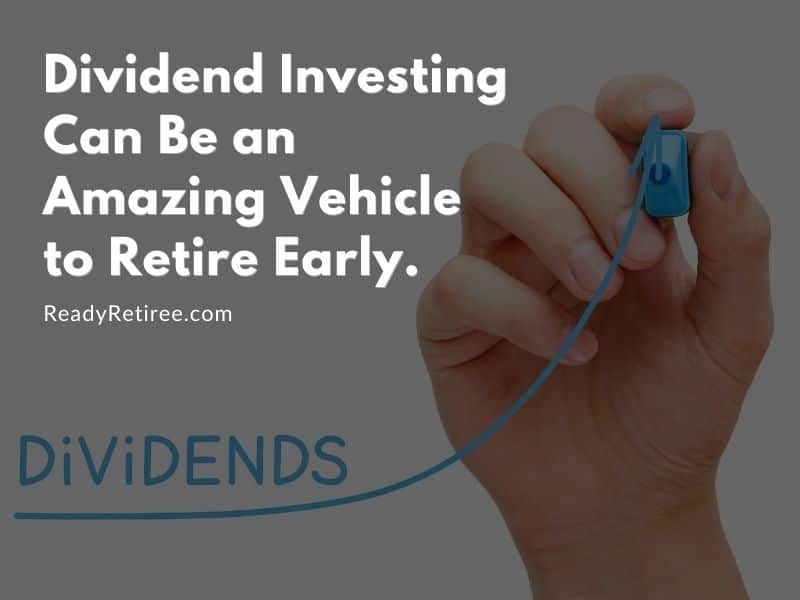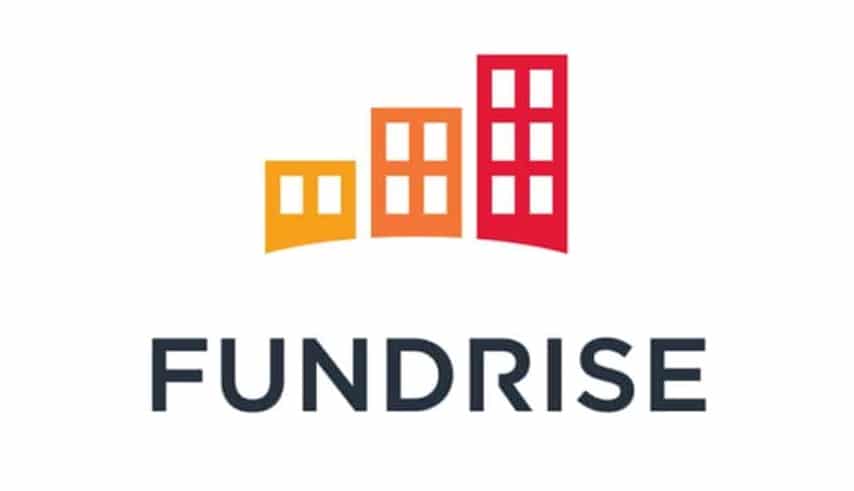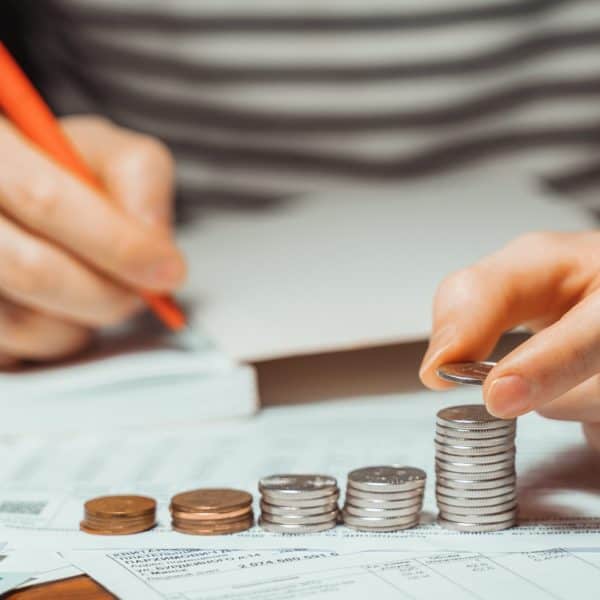A Deep Dive Into Dividends
While some investors may consider them to be investment opportunities for retirees only, dividend stocks are actually stellar additions to any portfolio. The reason for this is compound interest.
However, it is essential to know that not all stocks will pay dividends. So, how do you find stocks that do? What are dividends exactly, and how does dividend
What Are Dividends?
Dividends are a share of profits that a company pays to its shareholders.
Suppose you own dividend stocks in a company. After paying its taxes and keeping the retained earnings at the end of the year, the company will share the generated income with the stockholders. You get the share based on the number of stocks you own.
As an investor, you can reinvest the money or cash it out. While this seems well and good, you should bear in mind that a company may not make any profits in a fiscal year. Or, it may go in loss, which means you will not get dividends on your stocks. Therefore, it is essential to do your research before you start dividend
Types of Dividends
Companies can choose to pay different types of dividends to their stockholders. Some of them include:
Cash dividends are most commonly paid by companies. At the end of the fiscal year, the dividends are transferred to the shareholders’ brokerage accounts.
Some companies may pay stock dividends to their shareholders. Instead of giving them cash, they may give more stock shares.
A company may pay Special Dividends to its shareholders that are different from standard dividends. These dividends are paid from the company’s profits over the years that it currently does not need.

How Do Dividends Work?
When you own stocks in a company and its business value goes up, you can sell the stock at a higher price to earn capital gains.
However, companies do not want to lose investors, so they incentivize them by paying dividends.
When a company intends on paying dividends, they determine the amount paid to investors for each share and the payment frequency. For example, a company decides to pay annual dividends of $0.5 per share.
An investor with 1000 shares in the company will benefit in two ways.
One, the share’s price will rise over the course of the year. Two, they will get $500 in dividends annually. The investor has an option to either reinvest this money back into the company or cash it out.
Ex-Dividend Dates
When paying dividends, a company has to determine two dates, namely Ex-Date and Payable Date.
On the Ex-Date, the accounting team will examine the company’s books. Investors who have dividend stocks in the company will get their dividends based on the number of shares they own.
Meanwhile, an investor buying stocks after this date will not get a share of the upcoming payment. Instead, they would have to wait for the subsequent dividend payment.
As for the payable date, it is when the company sends the dividend to the owners.
What Is Dividend Yield?
Dividend yield refers to the percentage a business pays per year in dividends based on every dollar invested by the investors.
For instance, if a company’s yield is 10% and you have $5,000 worth of stocks, your annual payout will be $500.
Bear in mind that dividends are paid based on the “number” of stocks you own and not their “worth.” Because of this, the yield of your holdings is likely to fluctuate as per the share price.
How To Calculate Dividend Yield?
You can either use an online calculator tool to determine yield or use the simple formula for calculating yield yourself.
Dividend Yield = Annual Dividends Paid Per Share / Price Per Share x 100
Suppose a company pays $4 per share to its stockholders, and the share’s current price is $100. If you enter these details in the formula above, the yield will be 4%.
As you can see from the formula, the yield will change with the difference in the share price. For example, if the share price goes up to $150, the yield will be 2.67%.
If you are uncertain about a company’s yield, you can use the following methods to find out:
- The annual report of an enterprise will show the dividend payout per share.
- If the company has recently paid one of its quarterly dividend payouts, multiple the amount with four to calculate the annual dividend.
- Alternatively, add the four consecutive recent dividend payments from the company to calculate its annual dividend.
Different Dividend Yields in Different Industries
When you are comparing the yields of two companies, make sure they belong to the same industry since the yield varies among different business sectors. Here are the average yields for some common industries as of 2021:
Financial Services: 4.17%
Healthcare: 2.28%
Services: 2.37%
Technology: 3.2%
Utility: 3.96%
Importance of Dividend Yield
As an investor, you should look at yield when deciding which company’s stocks you want to buy. It will help you determine which business is bound to make profits in the future.
Comparing Yield of Stocks
Considering yield, you would obviously want to invest in a stock that gives you a higher dividend for each dollar invested. However, you cannot rely on the dividend amount since that can change depending on the stock prices. Instead, a yield gives you a better measure of a company’s performance.
For example: there are two companies with their stock prices at $50 and $100, respectively. Both companies’ annual dividend payout is $2 per stock. However, Company A, with a share priced at $50, has a 4% yield, whereas Company B, with a share priced at $100, has a 2% yield. Although Company B’s share price is higher, Company A offers a better investment opportunity due to a higher yield.
Don’t Just Rely on High Dividend Yields
However, a high yield is not always a good sign. It could sometimes be a red flag, especially in these two situations:
- A company may offer a high dividend to attract investors. However, it may not be financially stable enough to maintain these higher payouts in the future. An ultra high dividend yield could be a sign the company is trying to pump the dividend to attract short term investors.
- The company’s stock price declined rapidly recently, and they have not cut the dividend. In this case, the yield could seem much higher. For instance, a company paying $2 per share with a share price of $60 will see a triple increase in its yield, going up to 10%, when the stock price goes down to $20.
When a business raises its dividend payout, ultimately increasing the yield, that translates to better performance since the company can afford to share more profits with the investors.
Typically, older and well-established companies that are renowned in their industries pay regular dividends and have relatively better yields.
On the contrary, the younger companies prefer reinvesting their profits instead of paying dividends to stockholders.
Look for DRIPs
Dividend Reinvestment Plans (DRIPs) allow you to reinvest your dividends back into the company and purchase additional shares, all for a nominal fee. Dividend Reinvestment Plans are great because they encourage long-term
Reinvesting your dividend, after monitoring the yield, gives you a better return on investment due to compounding. Do not confuse it with compound interest since you are not earning any interest on your money. Instead, compounding refers to reinvesting your earnings back into the initial investment. Suppose a company’s stock costs $50, and you have $1,000 worth of stocks. That means you own 20 shares.
At the end of the year, you receive $200 in dividends. Instead of cashing it out, you reinvest this $200 back into the company, buying for more stocks.
The following year, you will earn dividends on 24 shares, which will typically be higher than what you earned this year.
What To Look for When Buying Dividend Stocks?
Although dividend yield is an important metric, it is not the only thing you should consider when buying dividend stocks. Here are some things to look for when comparing dividend stocks:
Dividend Growth Rate
Has the company increased its dividend payout in the past few years, rewarding the shareholders with higher payments? Instead of
A good example of this is dividend aristocrats. These are companies that have been consistently paying dividends to their investors for 25 years. Currently, there are 65 dividend aristocrats.
But their number increases annually as more companies complete their 25-year period.
Competitive Advantage
Does the company have a competitive advantage over its competitors? Has it been beating the competition consistently in the past few years in terms of profit generation?
These are the kind of companies that will pay high dividends to shareholders as they are making more profits.
Dividend Stability
You can determine the dividend stability by calculating the payout ratio. It is the percentage of the total profits of a company that go to dividends. Instead of basing the metric on just a quarter or a year, it is best to monitor it for a few years.
A company with higher dividend stability is a safer and more lucrative investment option. For example, if a company earns $2 in profit per share and pays $1 per dividend, the payout ratio is 50%. This means they are keeping a lot of their profits to reinvest for future growth and manage their budget.
As a rule of thumb, a lower payout ratio typically relates to a sustainable dividend. Its a good idea to compare the dividend ratio to other stocks in the industry. REITs for example, are required by law to pay out a high percentage of their income as dividends, so their payout ratio will be much higher.
Growth Prospects
You do not always have to look at formulas and figures to decide if a company will do well in the future. Take a look at the growth prospects of a company. Is the demand for its products increasing?
Companies with the best yields and figures can also end up in loss if their product’s demand is declining in the market.
Therefore, you should consider the future prospects of a company’s growth and popularity among consumers.
Total Return
The total return is the sum of the dividend a company pays per share and the increase in stock price.
For instance, if you buy a share worth $10 and the price goes up by $1 while you earn $1 in dividend, your total return is $12. Simply put, you have a 20% total return.
The higher the total return, the more lucrative a dividend share is.
How to Generate Dividends
Dividend-Paying Stocks
Dividend stocks are a type of investment that can provide you with a steady stream of income. Dividends come from several sources, but the most common source is from owning dividend-paying stocks or funds which own dividends-paying assets. Dividends are not guaranteed, but they can be very lucrative. Dividend-paying companies tend to do well over time because their management knows that shareholders want income and the best way for this to happen is by paying a consistently increasing dividend over time. Many people focus on Dividend Aristocrats, which are stocks that have a history of paying out increasing dividends over a long period of time.
Mututal Funds
Mutual Funds provide an alternative way to invest by removing the burden of creating and managing a portfolio. Dividend Mutual Funds invest in dividend-paying stocks (stocks that pay dividends to shareholders). These funds hold many different companies, some with higher yields than others, which provide investors the opportunity to pick and choose their risk tolerance while still providing exposure to high dividend-paying equities. The downside to a mutual fund is that it charges extra fees and exit fees, and there is no guarantee.
ETFs
ETFs offer investors the opportunity to invest in entire sectors or asset classes of the market. Dividend ETFs hold stocks that pay dividends and charge lower fees than mutual funds, but they also don’t offer any guarantee of what you will get back when selling your investment. Dividend ETFs are popular because investors can invest in entire industries or sectors without needing to create their own portfolios.
Stake Your Cryptocurrency
Cryptocurrencies are a more involved method to acquire dividends, but many of the new stable coins are beginning to offer dividends or the ability to stake your coins for consistent income. If you are interested in exploring this option further, you should read some of our guides about cryptocurrencies.
Invest in a Real Estate Fund
There are several companies out there that allow you to invest in their real estate portfolios like you are buying a share of stock. This is a unique way to invest in real estate, capturing both dividends and more of the growth potential that real estate
Fundrise offers investors the opportunity to begin investing in real estate for as little as $10. Directly own a share of their real estate portfolio with their easy-to-use app and follow along with the portfolios you invest in. With low advisory fees (.15% annual) and the ability to invest in a unique mix of cash flowing real estate, Fundrise is a great option for many inestors.
- A unique way to invest in real estate.
- No minimum requirements to invest.
- Web site and app are user-friendly.
- Multiple types of investment options within the fund (Fixed Income - Opportunistic)
- Auto-invest options
- Returns compound.
- Dividends are treated as ordinary income.
- No guarantee of liquidity.
- Only operating since 2017
- Below market returns 4 of 5 years.
In Summary
Dividend
Now that you understand the basics of







